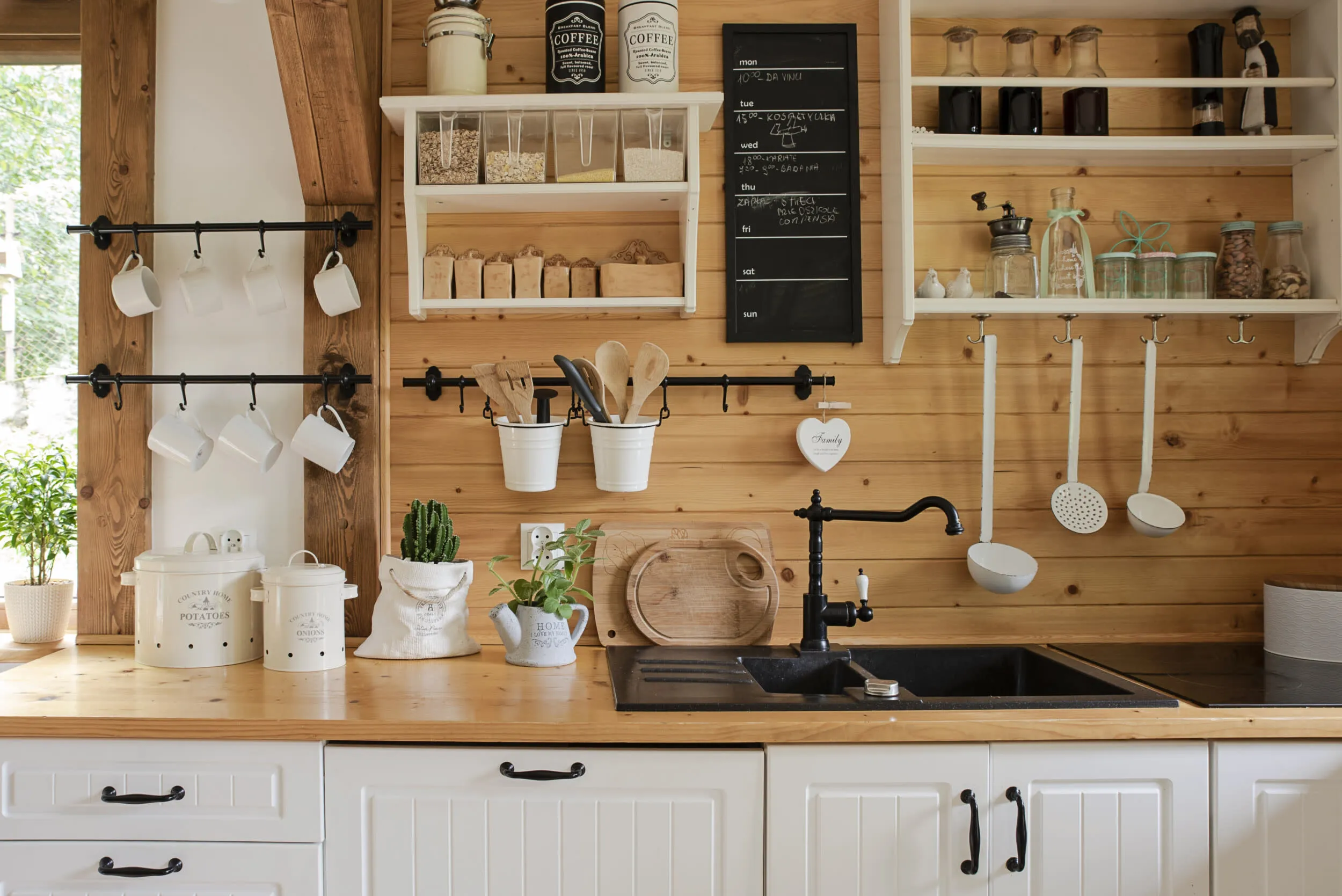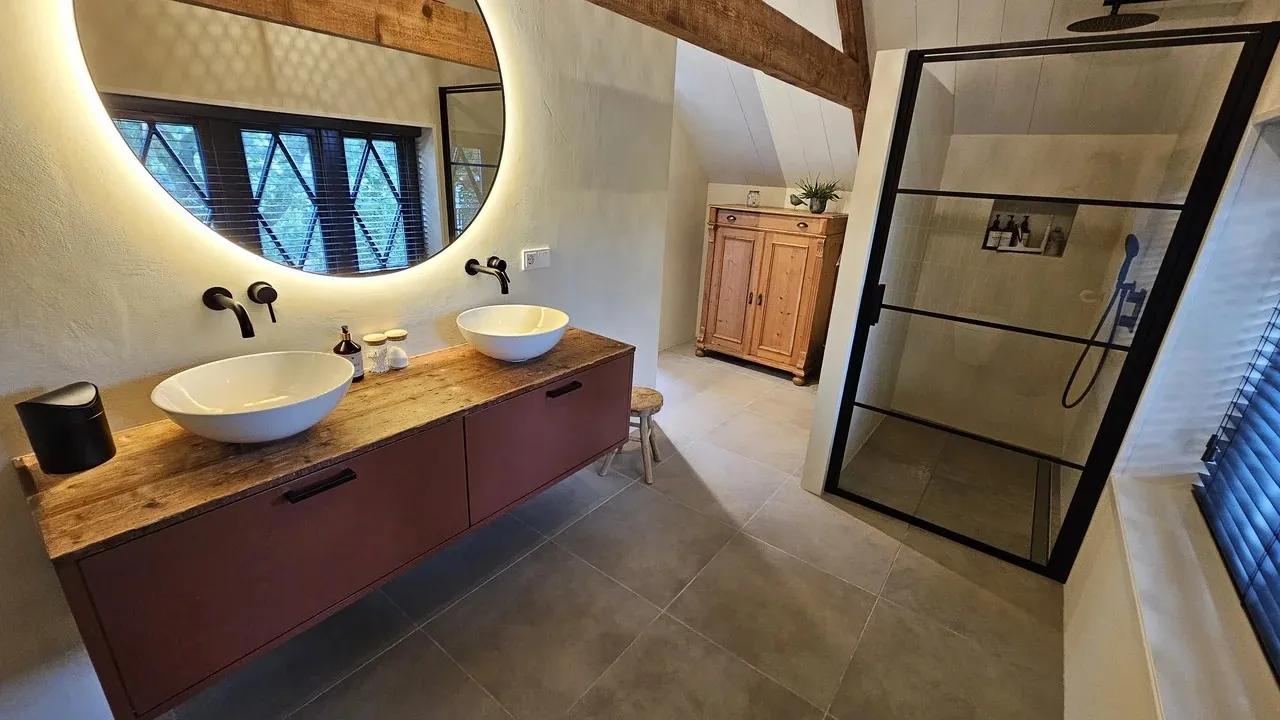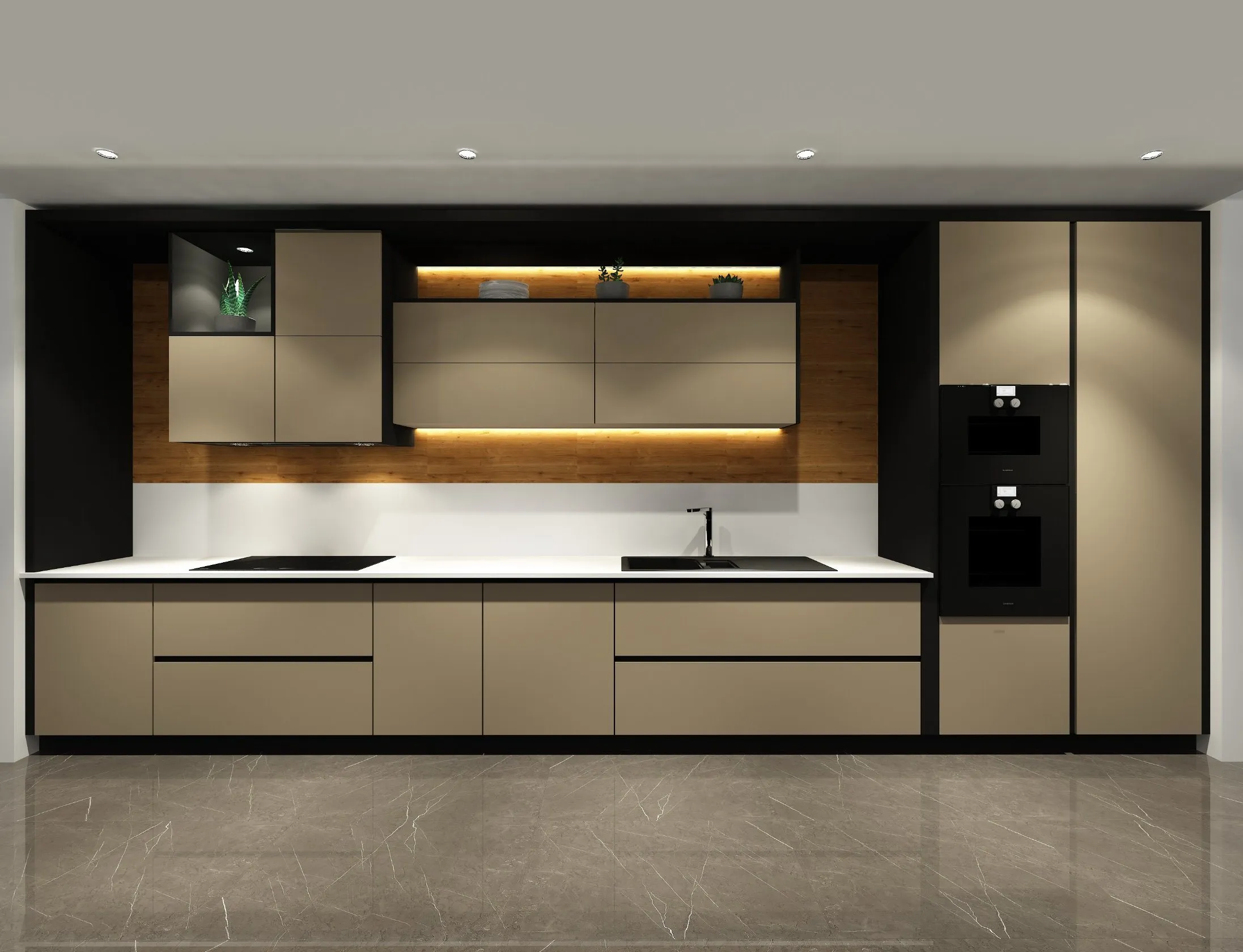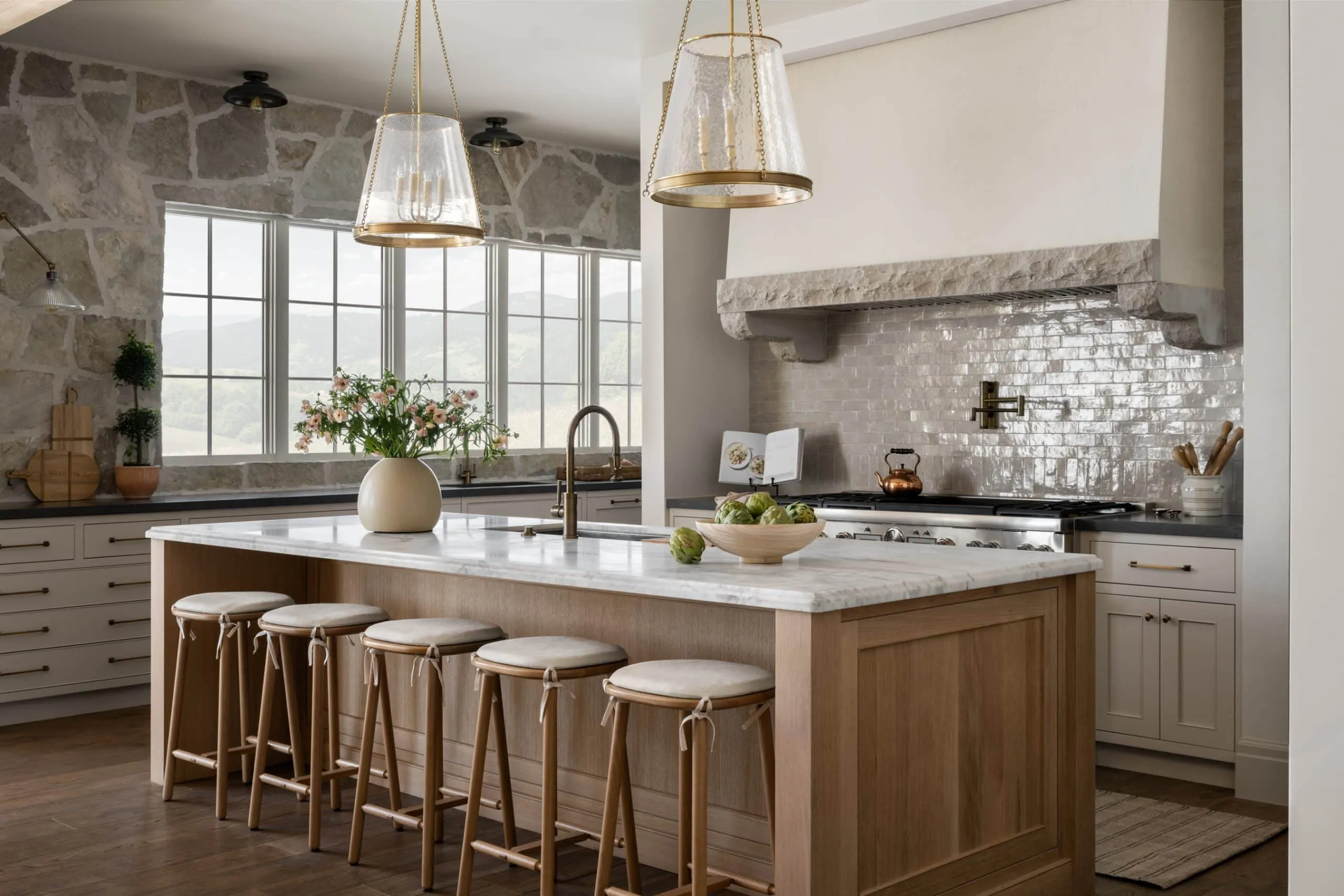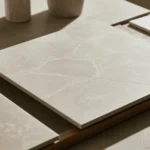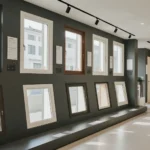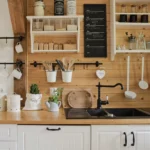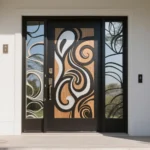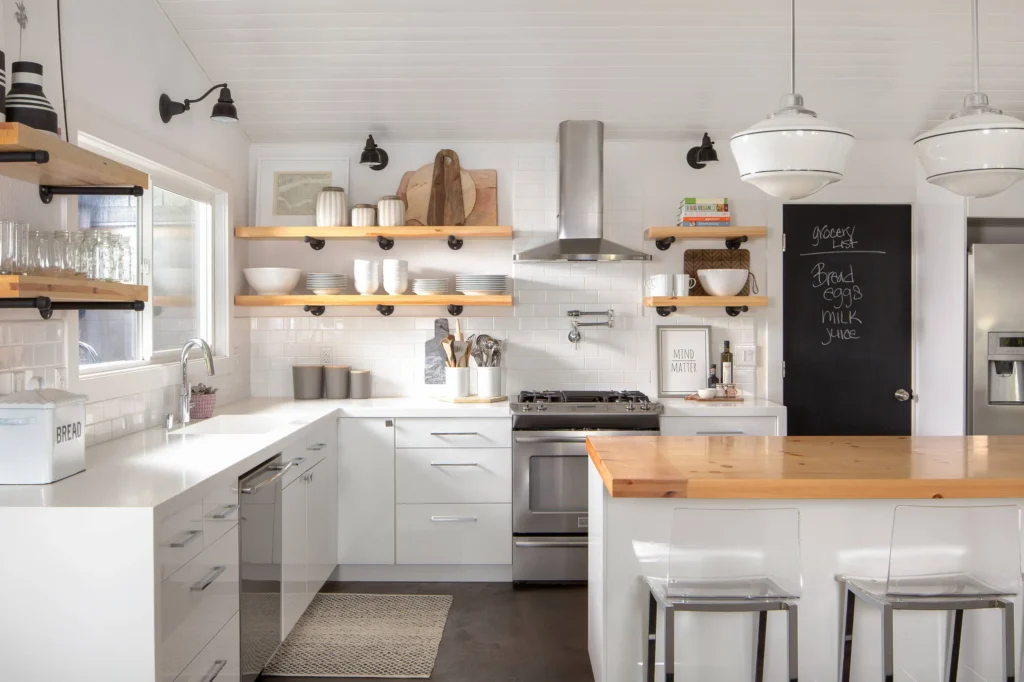
For years, kitchen design meant symmetry, hidden storage, and solid doors. Now, the rules are changing. Homeowners are embracing open cabinets—designs without doors—as a mark of confidence, simplicity, and even luxury.
We serve homeowners, builders, and designers worldwide with one-stop building material solutions. From kitchens, wardrobes, bathrooms, doors, tiles, floors, lights, and wall panels, we provide coordinated 3D design, whole-house style matching, global export logistics, and after-sales support. Our goal is to make every project faster, easier, and visually unified.
Open cabinets are rising in modern kitchens because they blend design freedom with accessibility. By removing doors, you create space that looks larger, brighter, and more personal. The “no door” style is no longer a compromise—it’s a design statement.
Let’s explore why open cabinets are redefining modern kitchens, how they work in real homes, and what makes them both practical and elegant.
What are open kitchen cabinets?
Open kitchen cabinets are storage units without doors, exposing shelves and contents to view. They combine accessibility with an open-plan aesthetic inspired by minimalism.
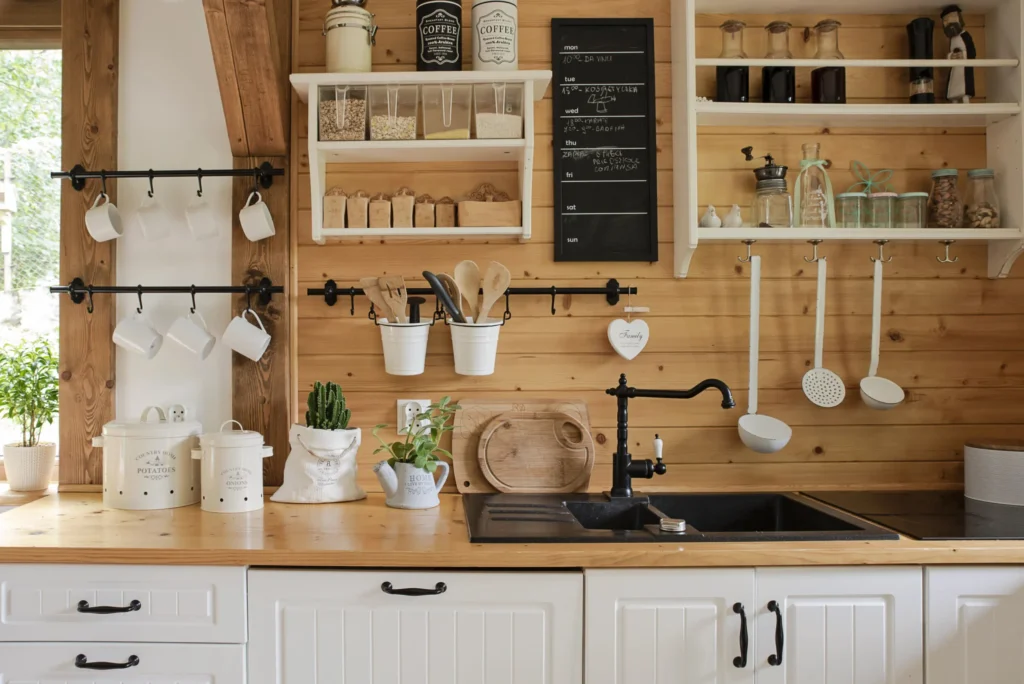
Open shelving removes visual barriers, allowing colors, textures, and materials to become part of the overall interior design. Instead of hiding dinnerware, you showcase it as decor.
Why this design matters
Open cabinets offer freedom to express your personality. They blur the line between storage and display. The simplicity aligns with modern design movements that value function and openness over excess ornamentation.
However, open shelving requires planning. Every visible item becomes part of your design story, so consistency in color and layout matters more than ever.
Why are doorless cabinets becoming popular?
Doorless cabinets reflect the shift toward relaxed, lifestyle-based interiors where design feels natural, not forced.
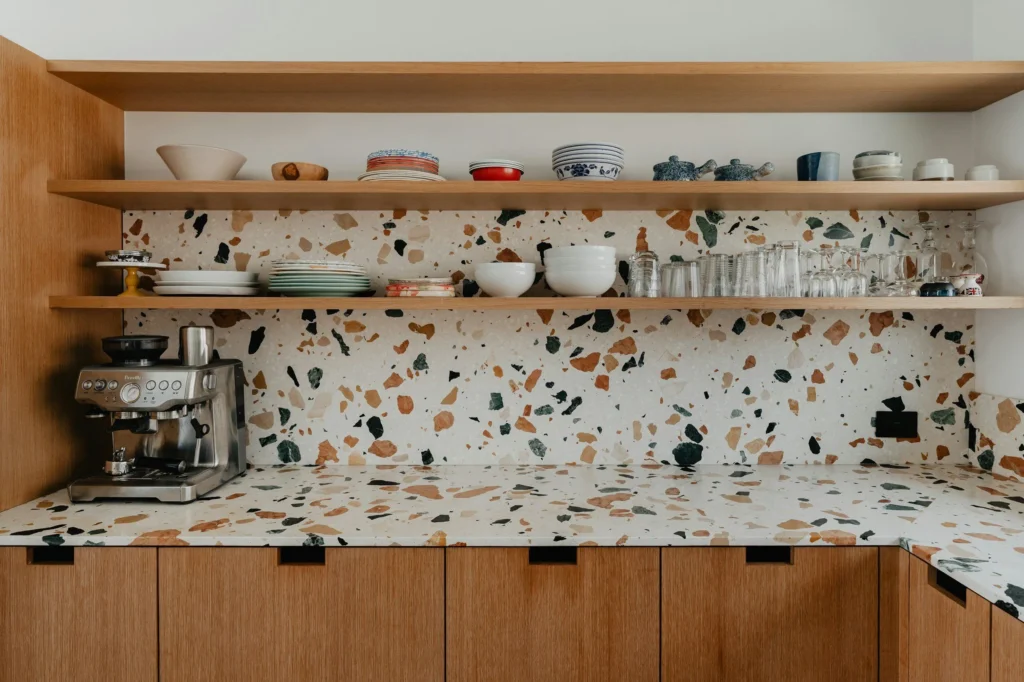
This trend stems from open-concept living and Scandinavian design philosophies that promote light, space, and authenticity. In design psychology, open shelving creates a sense of transparency and approachability.
The emotional appeal
Removing doors breaks away from the “closed” feeling of traditional kitchens. The openness invites light and movement, transforming the kitchen into a social, creative space. The effect ties closely to the principles of interior design—balancing function, proportion, and emotional response.
Are open cabinets practical for daily use?
Many homeowners fear open cabinets collect dust or look messy. Yet, when designed well, they can be both stylish and functional.
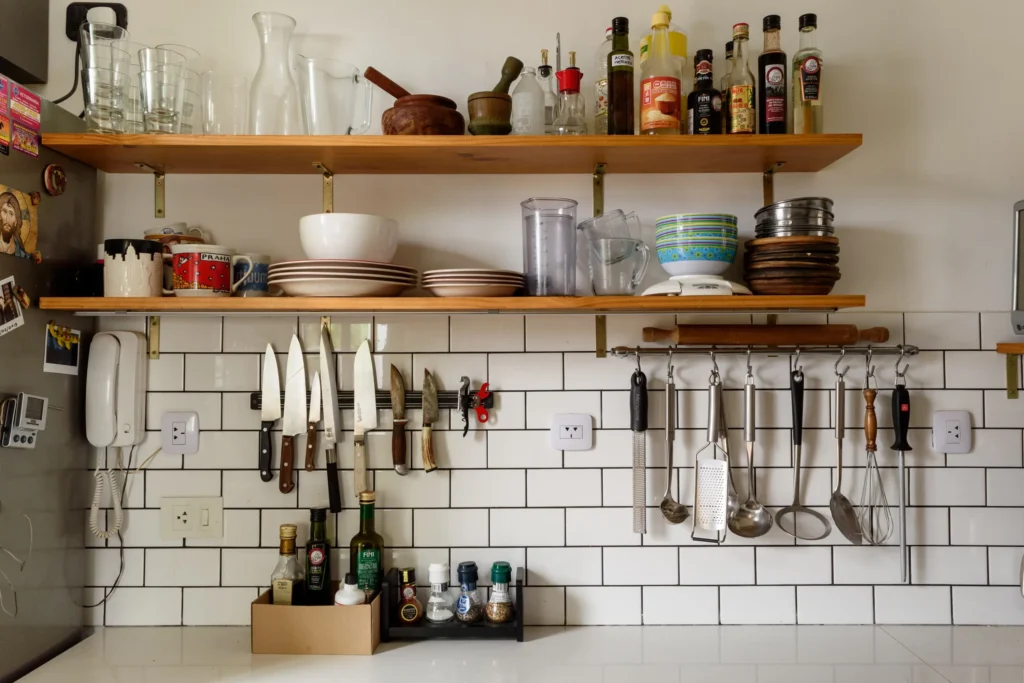
When it works best
- Homes with regular cleaning routines.
- Kitchens where frequently used items need quick access.
- Households focused on simplicity and order.
Key considerations
Use fewer items per shelf to keep the space light. Closed cabinets can hide less-attractive cookware, while open ones highlight everyday essentials. Combined, they make the perfect functional layout.
Do open shelves make a kitchen look bigger?
Yes. Open shelving enhances visual flow, making a kitchen feel wider and airier.
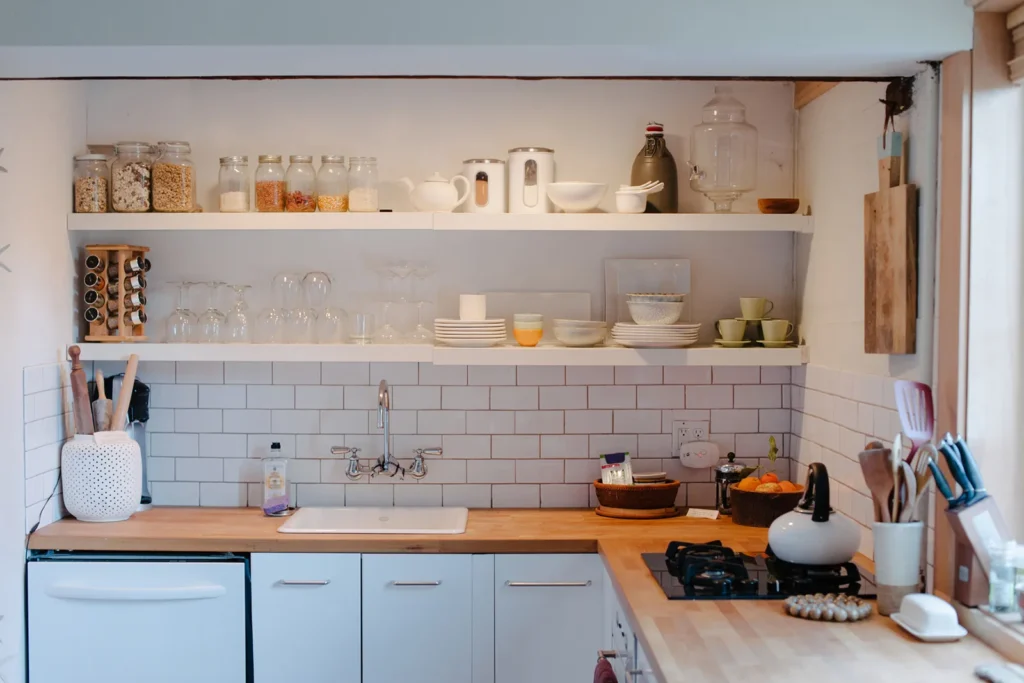
Why it works
Removing cabinet doors eliminates visual weight. Human perception relies on continuity—when the eye travels freely across open lines, the brain interprets the space as larger.
A well-lit kitchen amplifies this effect, especially with soft LED lighting or natural reflection. It’s a simple application of ergonomics: spaces feel better when they function comfortably for human movement and sight.
What materials work best for open cabinets?
Choosing durable materials is essential because open cabinets face more exposure.
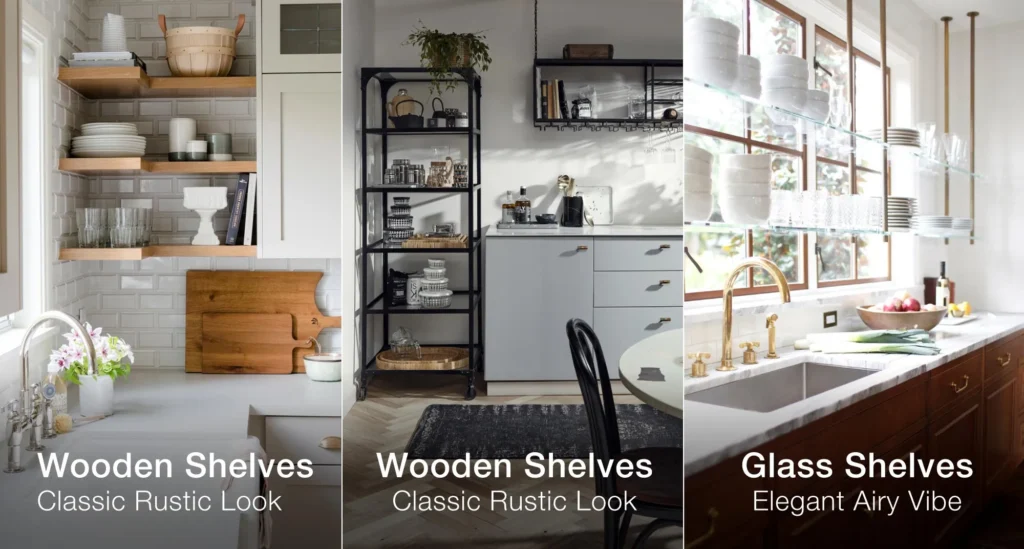
Recommended options
| Material | Strength | Visual Impact | Maintenance |
| Solid Wood | High | Warm, classic | Easy to clean |
| Metal | Very High | Industrial look | Minimal upkeep |
| Glass | Medium | Light, airy | Needs frequent wiping |
| MDF/Plywood | Moderate | Customizable | Affordable |
Wood veneer, brushed metal, and tinted glass mix well in luxury kitchens. For a seamless design, align shelf finishes with wall and countertop tones.
How do you keep open cabinets clean?
Maintenance is the trade-off for style. Open shelves need occasional dusting but can remain tidy with good organization.
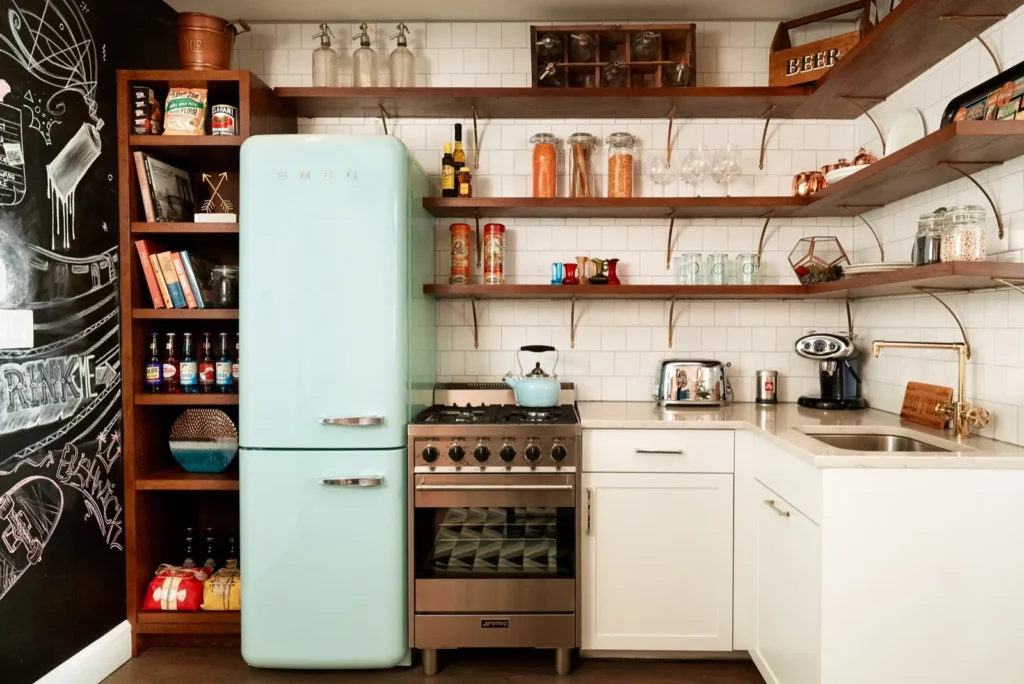
Simple upkeep tips
- Rotate decor pieces occasionally to avoid marks.
- Keep daily-use items in the front for easy access.
- Use baskets or boxes to group small items neatly.
For humid climates, choose treated woods or coated metal to prevent wear. Microfiber cloths and neutral cleaners keep surfaces bright without damaging finishes.
Are doorless designs cheaper than traditional ones?
Generally, yes. Without hinges, handles, or complex fittings, open cabinets cost less to build and install.
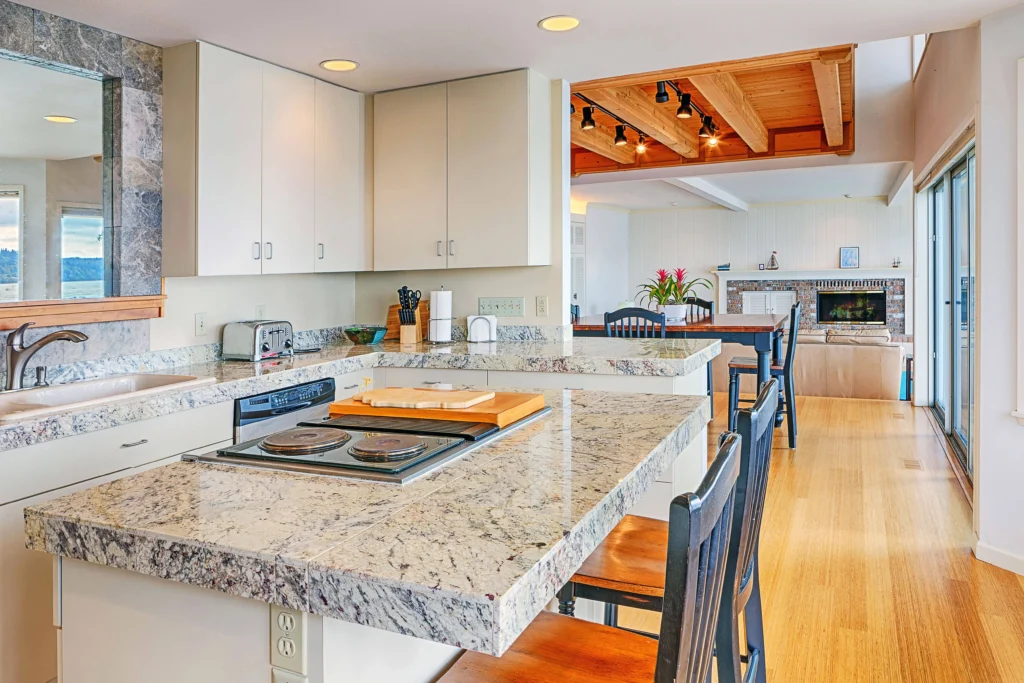
Cost insight
| Type | Average Cost per Linear Foot | Notes |
| Traditional Cabinet | $250–$500 | Includes door, hardware |
| Open Shelving | $100–$300 | Depends on material |
However, premium finishes like glass, brass, or solid oak can make open designs just as costly. The savings come mainly from simplified construction.
Can open cabinets match luxury interiors?
Yes, open cabinets are now a mark of sophistication. Luxury kitchens often blend open and closed units for visual rhythm.
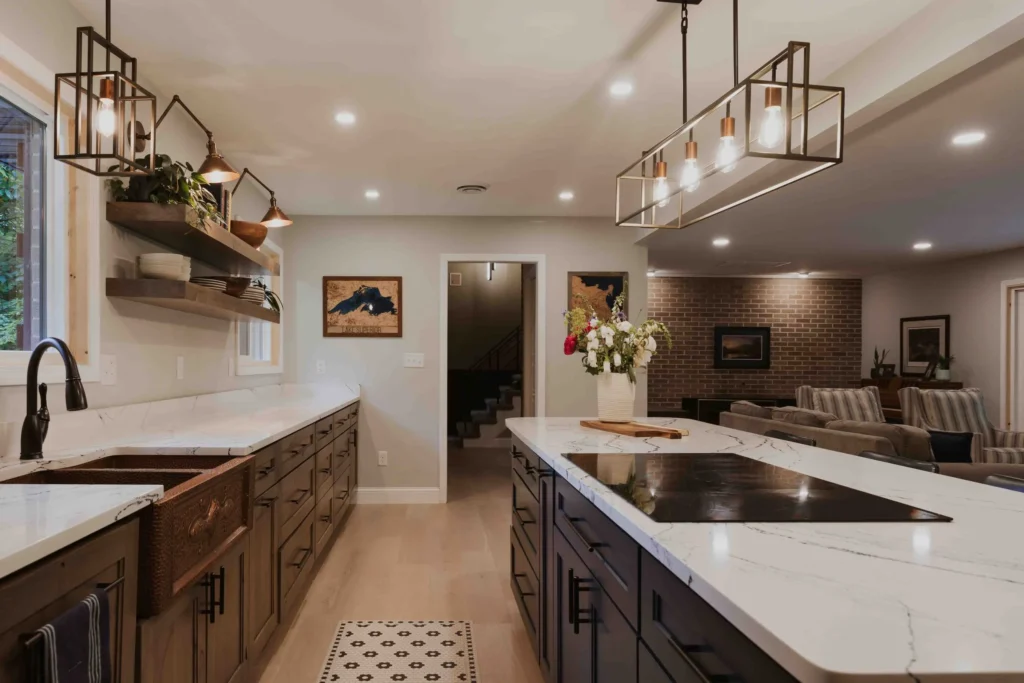
Design harmony
Pair open wood shelves with marble backsplashes, metal trims, or hidden LED lighting. This adds dimension and accentuates craftsmanship.
Luxury isn’t always about excess—it’s about deliberate simplicity and material integrity. Open cabinets convey confidence in design and lifestyle.
How can lighting enhance open cabinet design?
Lighting transforms open shelves from storage to display.
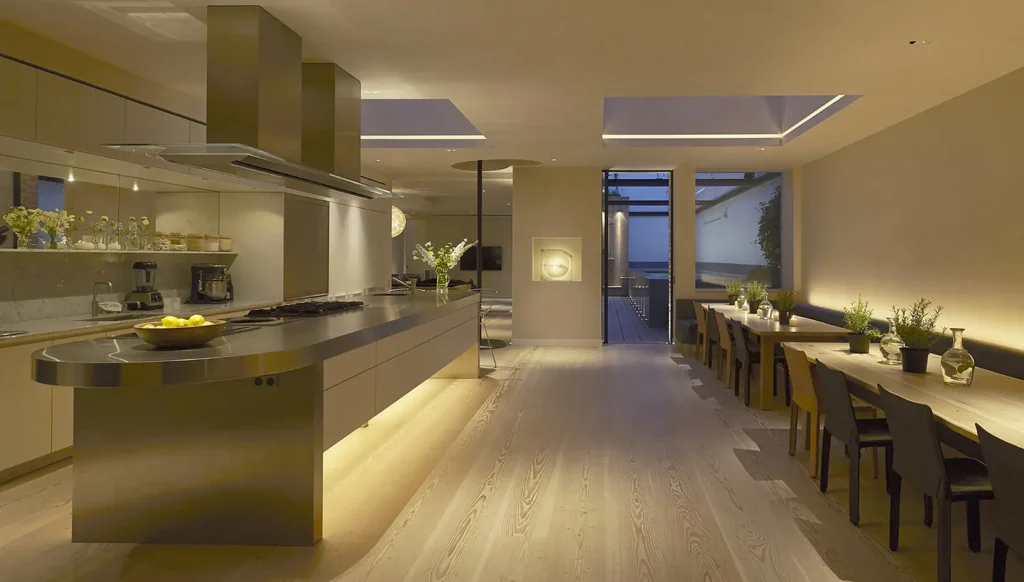
Key techniques
- Under-shelf LED strips: Highlight ceramics or glassware.
- Spotlights: Create depth and focus on artful arrangements.
- Warm temperature bulbs: Balance natural tones and reflections.
Lighting not only defines function but also mood. It’s the quiet hero that turns ordinary storage into a curated showcase.
Conclusion
Open cabinets redefine kitchen design by blending practicality with visual openness. They prove that simplicity, when done right, can be the ultimate form of luxury.
Final CTA
If you’re planning a modern kitchen, send us your floor plan. We’ll help you design a balanced space with open shelving, lighting, and materials that reflect your style. Want to start? Just send your layout, and we’ll handle the rest.
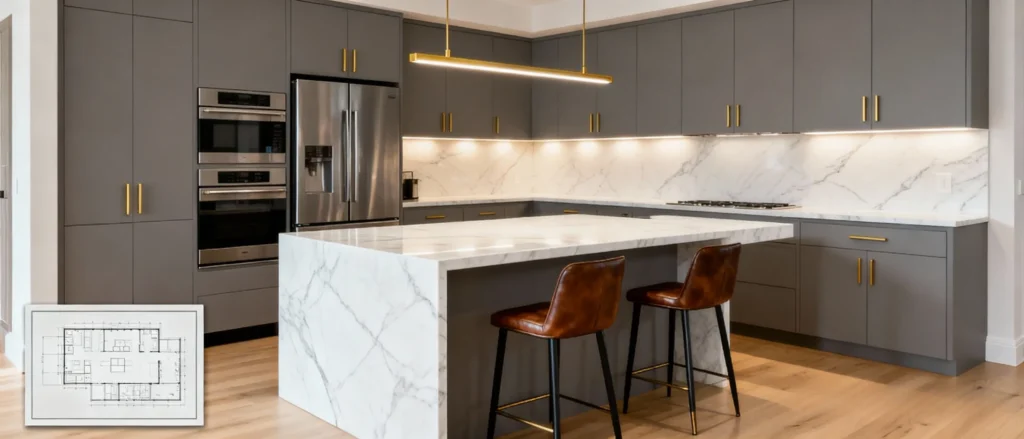
FAQ
Q: Are open cabinets suitable for small kitchens?
A:Yes. They make small spaces look larger and more open by removing visual barriers.
Q: Do open shelves get greasy near the stove?
A: Yes, but with regular cleaning or glass partitions, it’s manageable.
Q: Can I mix open and closed cabinets?
A: Absolutely. Many designers recommend a mix for both display and storage balance.
Q: What should I display on open shelves?
A: Display matching dishes, glassware, or decor pieces that reflect your kitchen’s color palette.
Q: Do open shelves affect property value?
A: No negative impact. Good design and functionality still drive resale appeal.
Q: Are open cabinets part of modern minimalism?
A: Yes. The design follows minimal principles—clarity, simplicity, and intentional space use.
Q: What color works best for open shelves?
A: Neutral or warm tones—white, beige, light wood—keep the kitchen bright and timeless.
Q: How often should open shelves be cleaned?
A: Every two to three weeks, depending on kitchen activity level and ventilation.

